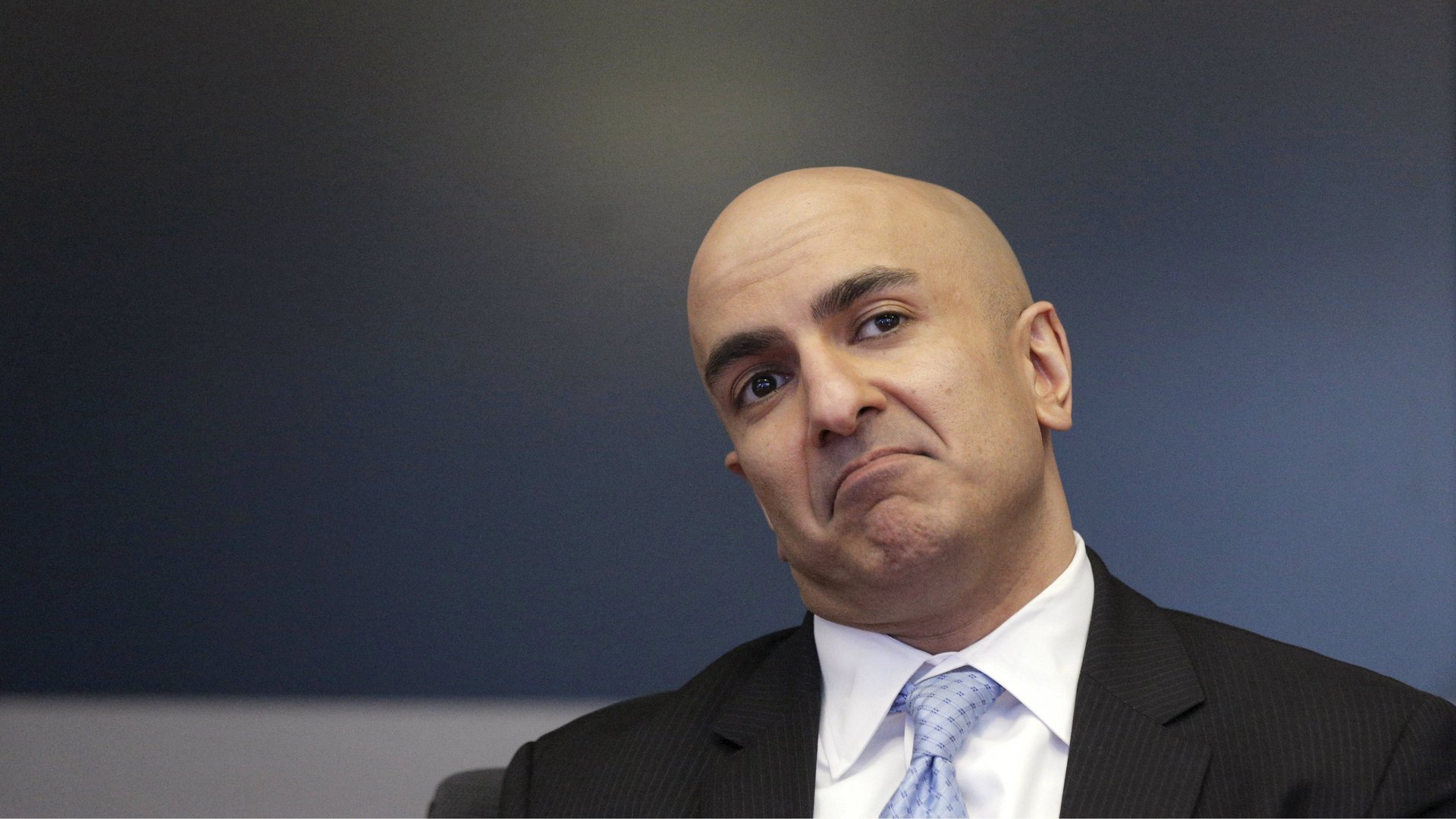The Fed raised rates again, and one board member thinks they are making a big mistake
As nearly everybody expected, the US Federal Reserve raised the federal funds rate by 0.25 percentage points today.


As nearly everybody expected, the US Federal Reserve raised the federal funds rate by 0.25 percentage points today.
The Fed’s benchmark interest rate—the key rate at which banks offer each other overnight loans—will now be set at between 1% and 1.25%. It is the first time since 2008 that the rate will be at least 1%. It continues the Fed’s march towards normalizing interest rates, away from the near-zero rates the Fed has targeted since the 2008 financial crisis.
Despite the US’s sluggish economic growth in the first quarter, the Federal Reserve Board, led by chairperson Janet Yellen, decided the fundamentals of the US economy are strong enough to support less monetary stimulus—a low rate encourages borrowing and investment. With a US unemployment rate of only 4.3%, the rate hike is intended to stop the economy from overheating.
But not all of Yellen’s colleagues agreed. For the second rate hike in a row, Neel Kashkari, president of the Federal Reserve Bank of Minneapolis, was the lone dissenter among the nine members of the Federal Open Market Committee, the group of Fed board members who vote on setting the federal funds rates.
Kashkari sees a very different economy from his colleagues, in terms of both inflation and the labor market.
While Yellen and the members who voted for hikes did so, in part, because they were worried about rising inflation, Kashkari doesn’t get the concern. Inflation has been well below the Fed’s target of 2% per year for the last several years, and looking around the globe, he doesn’t see any evidence that inflation is a likely problem. “Most major advanced economies have been suffering from low inflation since the global financial crisis,” wrote Kashkari in an explanation of his dissent from the March rate hike. “It seems unlikely that the United States will experience a surge of inflation while the rest of the developed world suffers from low inflation.”
Kashkari is also more pessimistic about the current state of the labor market. Though some economists believe the US has reached near full employment, suggesting higher rates are needed to cool the economy down, Kashkari disagrees. He notes that although the official unemployment rate has reached pre-2008 financial crisis levels, the percentage of employed 25-54 year olds is still more than one percent below pre-crisis levels, but continues to grow each month. Kashkari thinks this means there is still a good deal of slack in the labor market, and that now is not the time to raise rates.
The people of the US will have to hope Kashkari’s heterodox beliefs are wrong. If they are not, the US may be leaving lots of jobs and growth on the table.